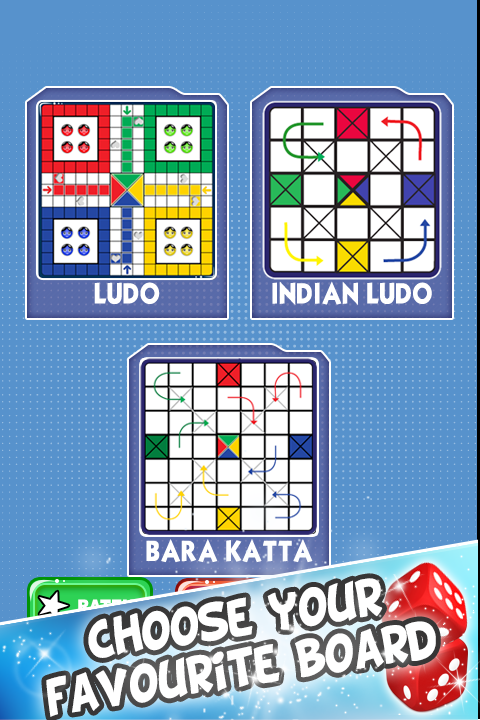

Our names are etched in the beach sand forever!.


If there are four members playing, each one has four pieces to play with and if there are two members playing they are to play with 8 pieces each. The game is played by two teams of two members each or by only two members. The large centre square is the home – the start and finish point. Each arm of the cross has 3 columns of 8 squares each. Pachis-board is in the form of a cross / a plus-sign as can be seen in the top picture. Yet another game-board that a Telugu-bride brought with her was ‘Vanaguntala Peeta’, which also I used to play very well. It was also a tradition in our families that after marriage the bride brought these boards along with Cowry Shells and the Game-Pieces as gifts along with her, to her new home. At my grandmother’s house in Bolarum there were additionally Atta Chamma and Pachis layouts engraved on the flooring of the terrace. The red, green, yellow and black Game-Pieces which are normally made of wood were also made of beads. In our house they were actually made with lot of patience and care by stringing tiny colorful beads together and binding it to a thick cloth. Pachis and Atta Chamma boards are normally embroidered cloth spreads. And I remember they used to quarrel over some moves, like small children. My grandmother used to play Pachis with our maid servant of over 50 years – Balamma, almost every night before dinner. I played Ludo, Snakes and Ladders, Chess, Monopoly and Trade with friends but it was Atta Chamma and Pachis with cousins, other relatives and elders like my grandmother.


 0 kommentar(er)
0 kommentar(er)
